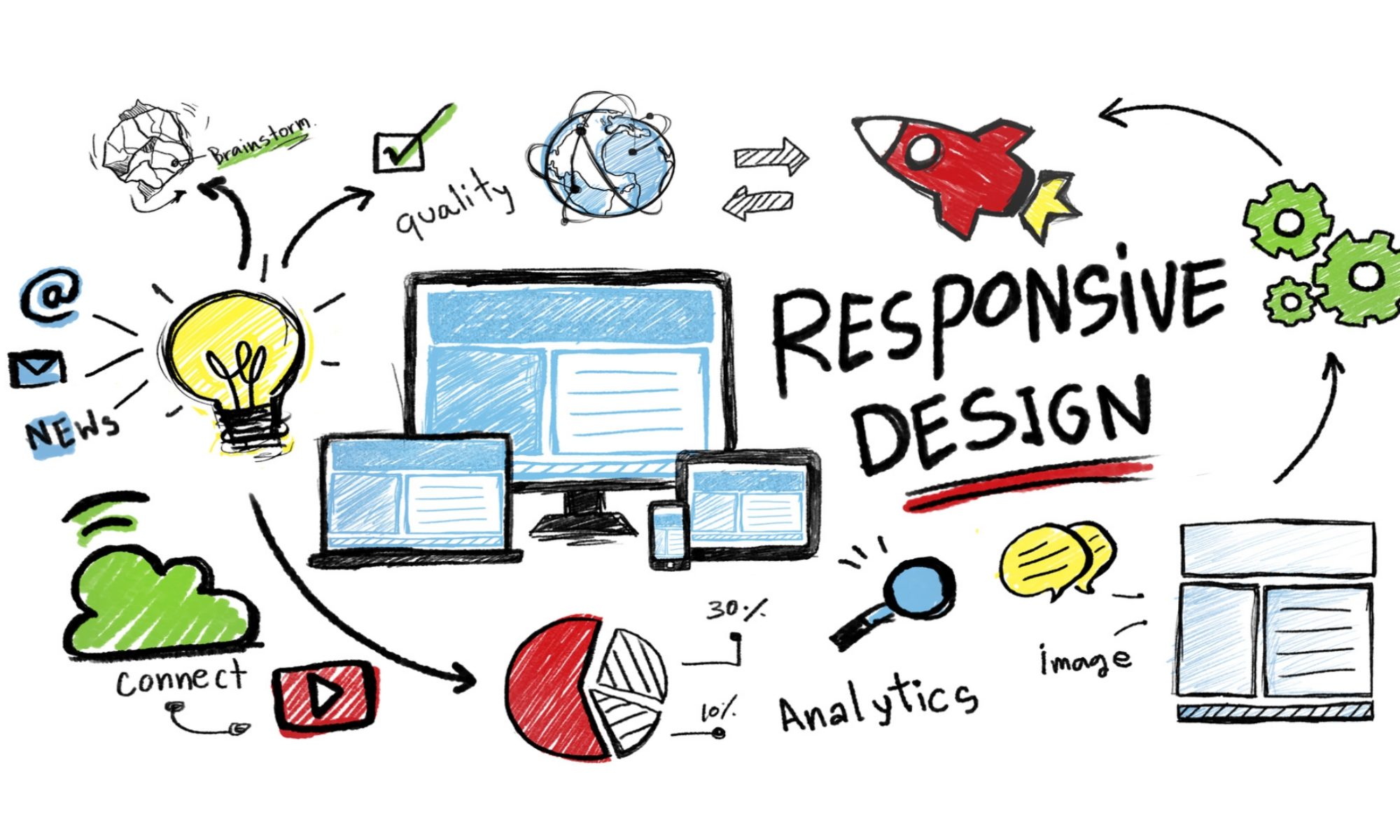GraphQL Joins lets developers join data from two different GraphQL services to create a unified GraphQL API without needing to write custom code or modify any underlying APIs. It enables you to quickly fetch data from across databases and other GraphQL services as if they were one schema to easily mix and match your data sources.
To create a join, you need to define the relationship between the two data sets you want to unify. Joins are typically based on a shared key between the two objects, such as an ID or name. Once the relationship is established, the query returns both data sets, allowing us to ask complex questions and receive a wealth of information in one response.

